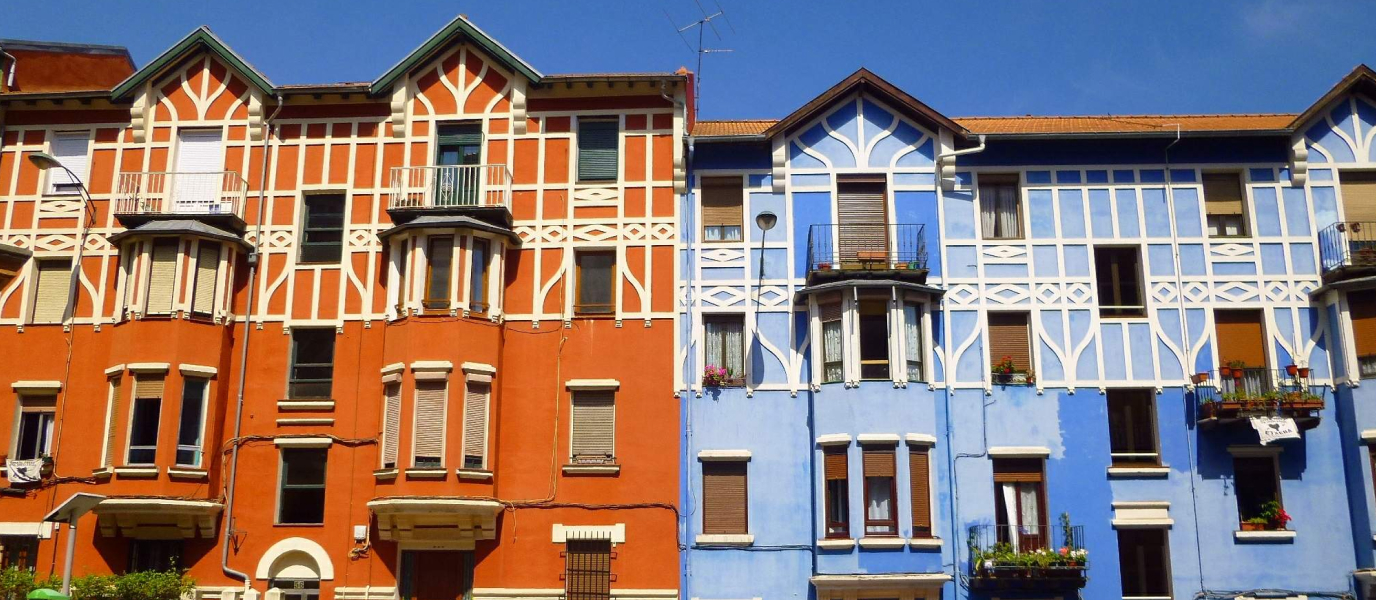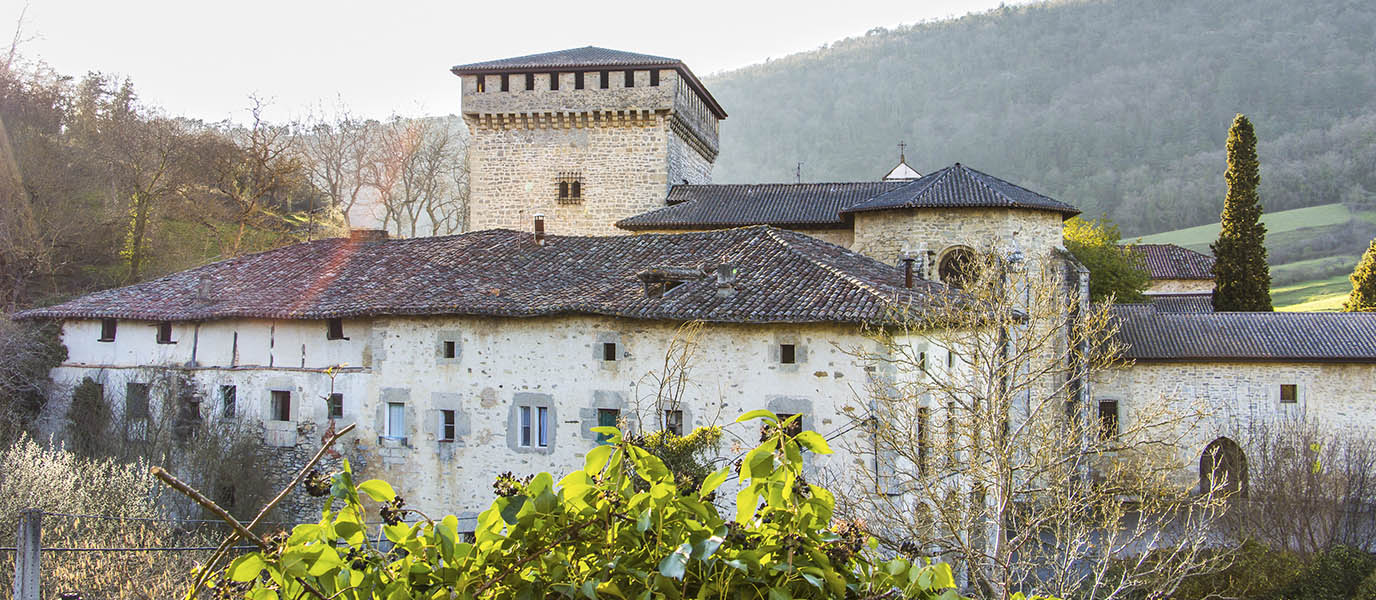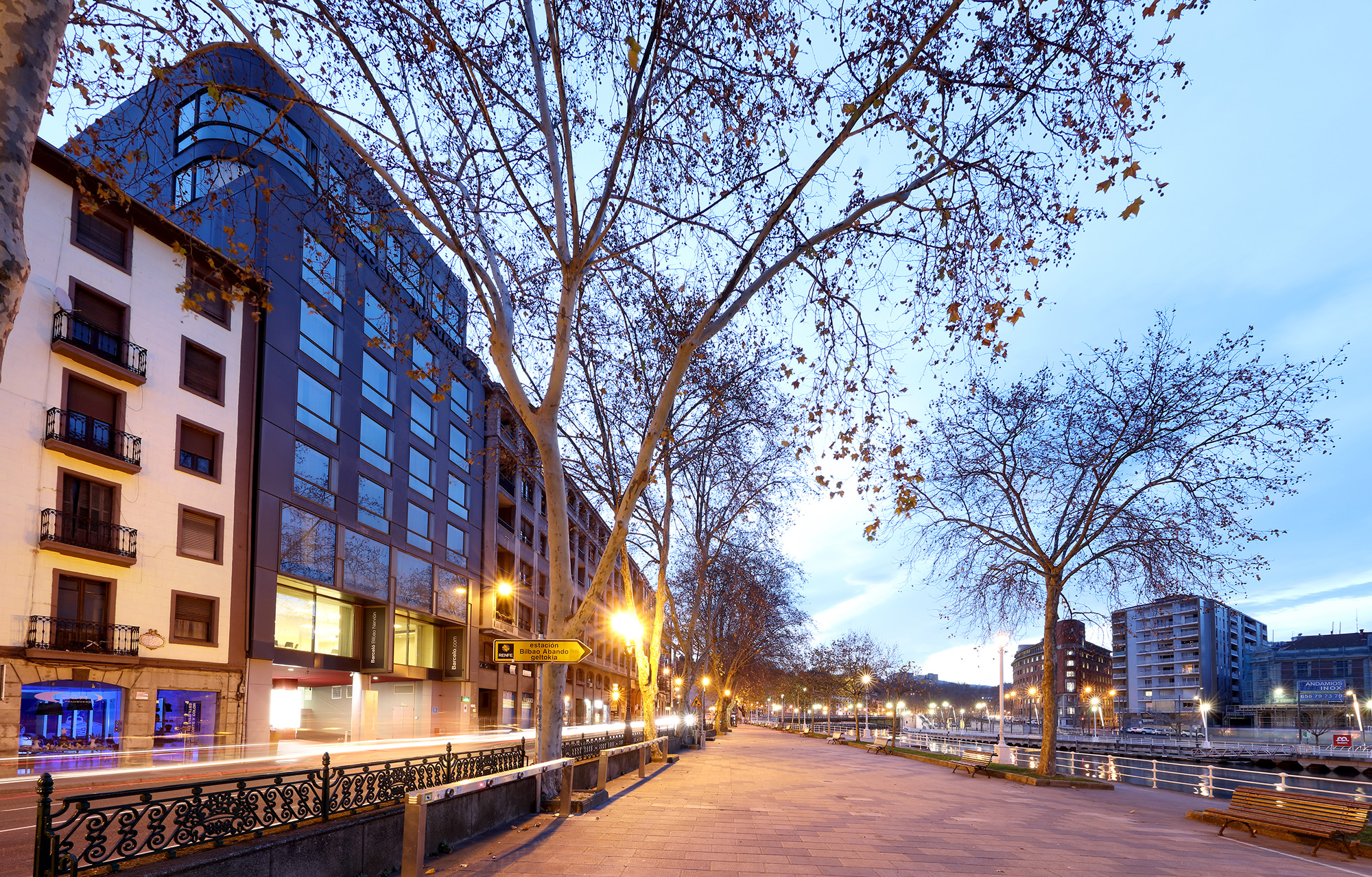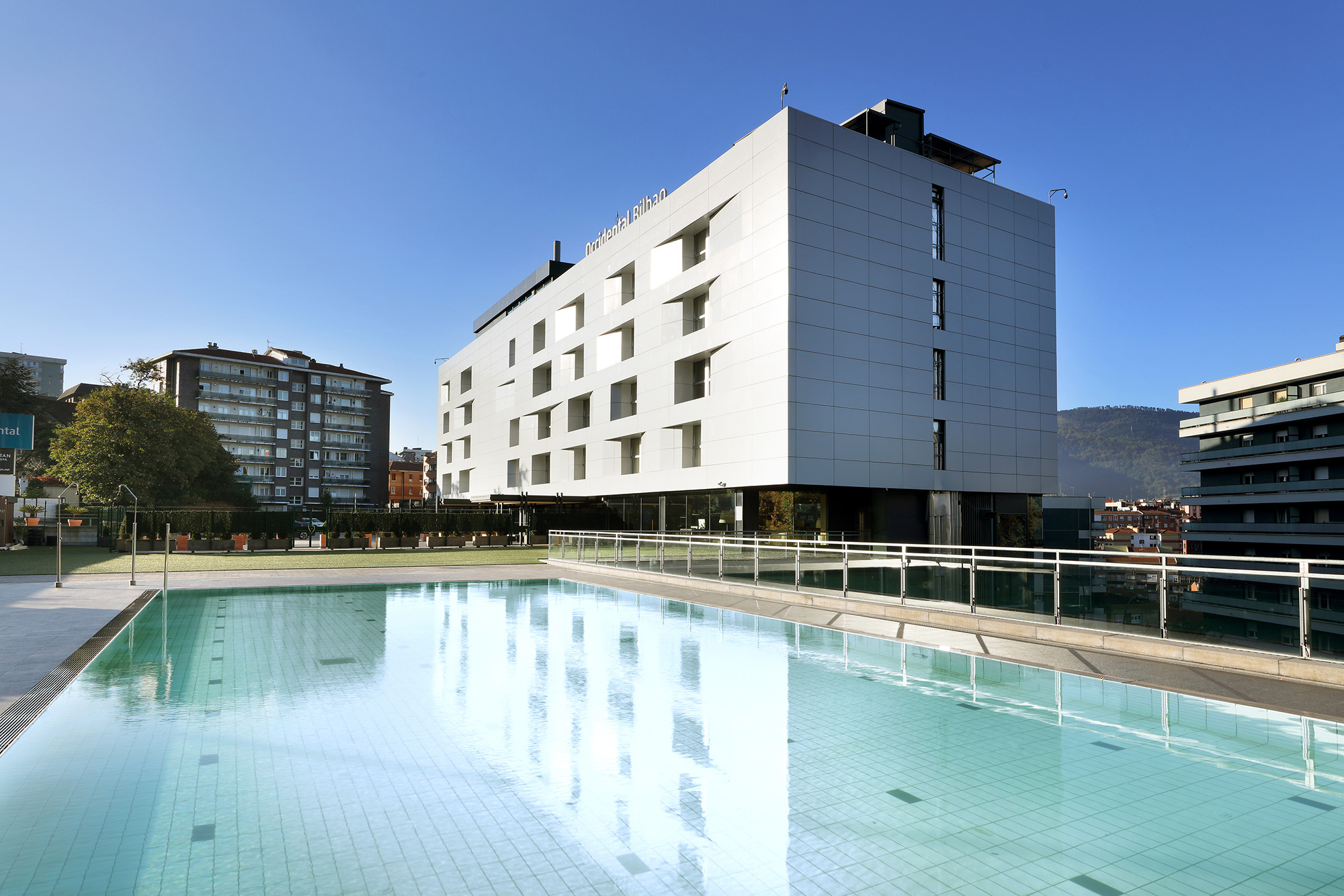If you are looking for an Instagrammable spot in Bilbao, take a stroll through the Iralabarri quarter!
Iralabarri is located in the district of Rekalde, south of the centre of Bilbao, behind Abando station and practically on the edge of the city’s southern belt. It has a population of about 12,000.
- Context and situation of the neighbourhood
- Its characteristic houses
- Things to see nearby
- Where to eat in Iralabarri
Context and situation of the neighbourhood
Its location at the turn of the 20th century on the outskirts of Bilbao made this neighbourhood an area with orchards, farms and the odd farmhouse which, with the city’s progressive industrialisation and expansion, began to be occupied by some factories and the first homes of the workers there.
The neighbourhood’s forerunner was Juan José Irala, a Madrid businessman of Basque origin, founder of the Harino Panadera factory located there, who invested in building up to 15 streets as well as homes to accommodate his workers near the factory. The idea even won the support of King Alfonso XIII.
The new neighbourhood was inaugurated in 1916 and had an immediate effect on the population. It grew from 198 inhabitants in 1908 to almost 3,000 in 1920. Schools, a bank, a commissary, a church and even a tram line were built, in addition to the homes.
The arrival of immigrants developed a neighbourhood characterised by the steep slopes of some of its streets, which descend from the upper part towards the banks of the river Nervión.

Its characteristic houses
When you think of London’s Notting Hill, there are two elements about the houses that stick in many people’s memory: Victorian and colourful. Something very similar can be found in Irala, with curious rows of this type of housing that are the hallmark of the Bilbao neighbourhood that honours its benefactor, Juan José Irala, with its name.
The semi-detached houses in different colours are clearly inspired by Victorian England and have gardens and backyards. Their architects were Fernando Ugalde, Enrique Epalza and Pedro Peláez.
Irala’s aim was to create a garden city for his workers. This concept emerged in England in the early 20th century: a city designed for healthy living as opposed to industrial cities.
In fact, in Bilbao we can find the model for a garden city in the Matiko neighbourhood, built in the 1920s.
Iralabarri’s colourful houses can be found on Kirikiño, Baiona and Zuberoa Streets.
Iralabarri is approximately a quarter of an hour’s walk from Abando station.
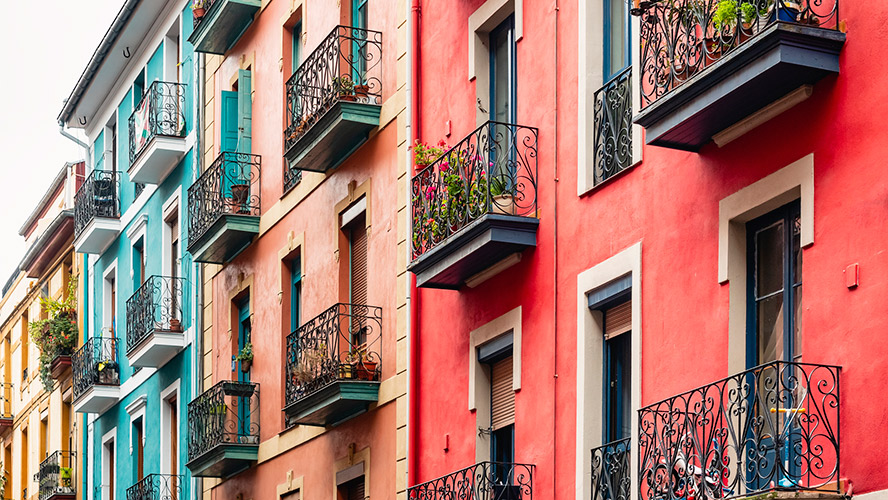
Things to see nearby
The colourful houses are the main attraction of the still unknown Iralabarri neighbourhood.
Nevertheless, it is precisely the Harino Panadera building, the factory owned by the neighbourhood’s developer, that is another main feature in the area since it is the only one still standing of the three that the ‘best bread factory in Spain’ once had.
The building, inaugurated in 1902, is an example of industrial rationalism that has been declared a Cultural Heritage Site. It stands out because of its volume and white concrete and brick façades.
Today, it houses public administration offices, but also a museum with the bread factory’s original machinery, duly restored.
In addition to this unique example of Iralabarri’s industrial legacy, there is also a farmhouse in the neighbourhood that takes us back to the time before the industrialisation advocated by Irala. The Torre Urizar farmhouse has survived from its origins in the 16th century to the present day thanks to a recent restoration.
In the neighbourhood, you can also visit the church of Saint Louis Bertrand and the Vista Alegre bullring, the city’s former limits when the Iralabarri neighbourhood was created.
Where to eat in Iralabarri
In Iralabarri you will find a broad range of bars where you can enjoy traditional pintxos. Below is a selection of places to eat in Iralabarri:
- Taberna Goitibera: ‘la goiti’, the quintessential tavern in Iralabarri, with tapas, pintxos and other homemade delicacies.
- Aitana: a good place to eat pintxos, toasts and excellent omelettes and have a few drinks at a good price in Irala. It is a reference point in the neighbourhood.
- Estenaga: a small eatery that has a large terrace and is very close to the colourful houses. This is another stop on our pintxo route through Iralabarri.
- Patxo: croquettes, fried squid slices, prawns, pintxos, etc. This bar has an excellent atmosphere and a good terrace, and is also near the colourful houses.
- Zuberoa: we finish this trio of bars near the houses at Zuberoa, a traditional-looking place where you cannot go wrong with its pintxos and desserts, all at very affordable prices.

























































